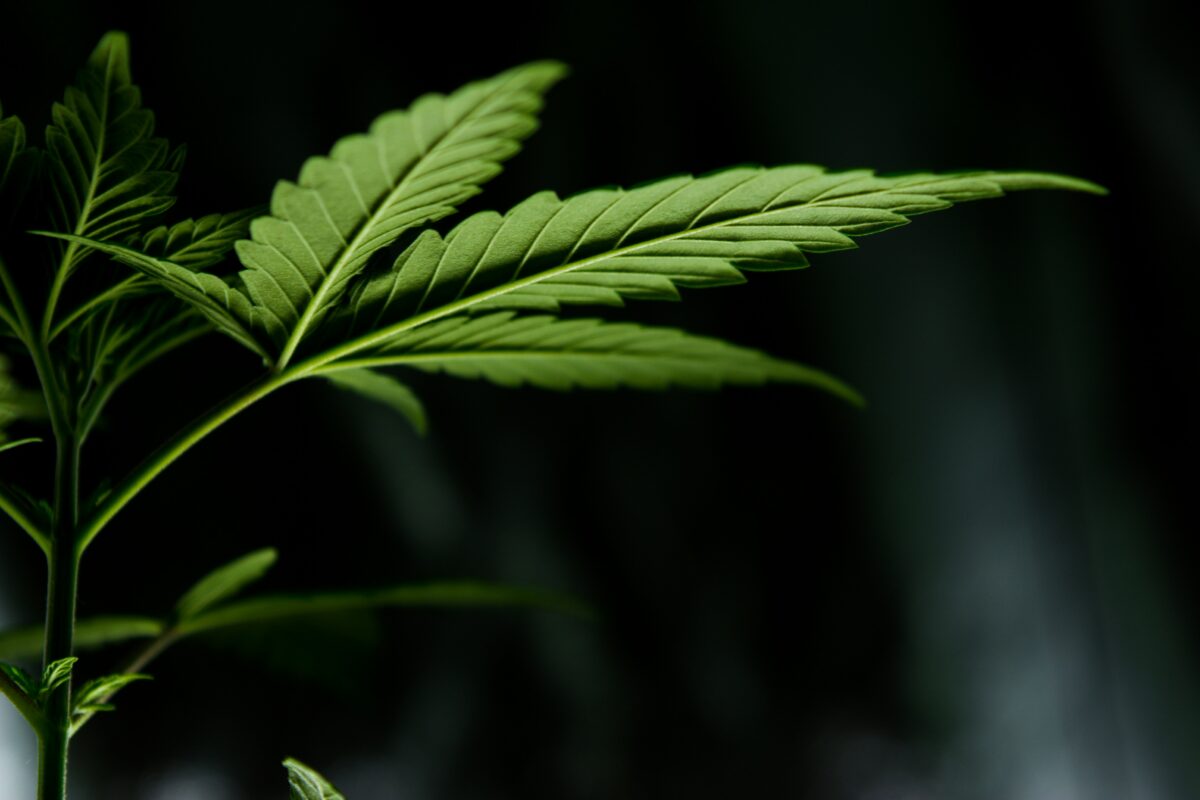Uncategorized
Unveiling the Origins of the Cannabis Holiday: 420
Origins of 420 – Every year on April 20th, cannabis enthusiasts around the world celebrate a counterculture holiday known as “420.” From smoke-filled gatherings to peaceful protests advocating for cannabis legalization, this date has become synonymous with cannabis culture. But what exactly are the origins of 420, and how did it become such a significant day for cannabis enthusiasts? Let’s delve into the intriguing history behind this celebrated holiday.
The origins of 420 can be traced back to the early 1970s in California, specifically to a group of high school students known as the “Waldos.” Legend has it that in 1971, the Waldos, who attended San Rafael High School, heard about a hidden cannabis crop abandoned by a Coast Guard service member near the Point Reyes Peninsula. The group agreed to meet at 4:20 PM after school to embark on a treasure hunt for the elusive marijuana plants.
Although the treasure hunt for the mythical cannabis crop proved unsuccessful, the Waldos continued to use “420” as a code word for cannabis consumption and as a time to gather after school for smoking sessions. The term caught on within their social circle and soon became synonymous with cannabis culture in the San Rafael area.
The spread of the 420 phenomenon can be attributed to the Grateful Dead, a renowned rock band with a dedicated following that included many cannabis enthusiasts. The Waldos had connections to the Grateful Dead through family members, and the band’s influence helped popularize the term among their fans. As Deadheads began using “420” as a code for cannabis-related activities, the term gained traction and spread beyond California to become a global symbol of cannabis culture.
In the early 1990s, High Times magazine played a pivotal role in cementing 420 as a cannabis holiday. In 1991, the magazine published an article about the Waldos and their role in popularizing the term. High Times continued to feature 420-themed content, including articles, events, and merchandise, further solidifying the holiday’s significance within the cannabis community.
Today, April 20th is celebrated by cannabis enthusiasts worldwide as a day of camaraderie, activism, and advocacy. From music festivals and cannabis-themed parties to peaceful protests and educational events, 420 festivities take many forms, reflecting the diverse and vibrant nature of cannabis culture.
In addition to its cultural significance, 420 has also become a rallying cry for cannabis legalization efforts. Advocates use the holiday as an opportunity to raise awareness about the benefits of cannabis, advocate for policy reform, and call attention to the social injustices caused by prohibition.
As cannabis legalization continues to gain momentum across the globe, the significance of 420 as a cultural phenomenon and a symbol of advocacy is likely to grow. What began as a simple code word among high school friends has evolved into a global celebration of cannabis culture and a testament to the power of grassroots movements.
In conclusion, the origins of 420 can be traced back to a group of high school students in California who used the term as a code for cannabis consumption. Through the influence of the Grateful Dead and the support of High Times magazine, 420 grew into a global phenomenon celebrated by cannabis enthusiasts worldwide. Today, 420 represents more than just a date on the calendar – it’s a symbol of camaraderie, activism, and the enduring legacy of cannabis culture.

